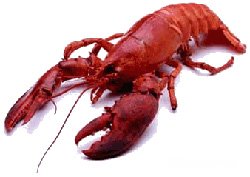Business idea - crayfish |
|
|
Freshwater prawnsA characteristic feature of the behavior of the giant freshwater prawns is that it during cultivation in ponds never buried in the ground, not making holes, but hiding in various kinds of natural and artificial shelters. So in ponds or pools, where they are kept, it is necessary to create artificial shelter from the remnants of delhi (especially brown), tiles, tile, sheets of slate, fragments of pipes, special "book-shelves". |
Developed: "Sitedesigners" |
The site is protected by the law on the protection of copyright, with the full or partial reprint of materials, active link to the source is obligatory! |


